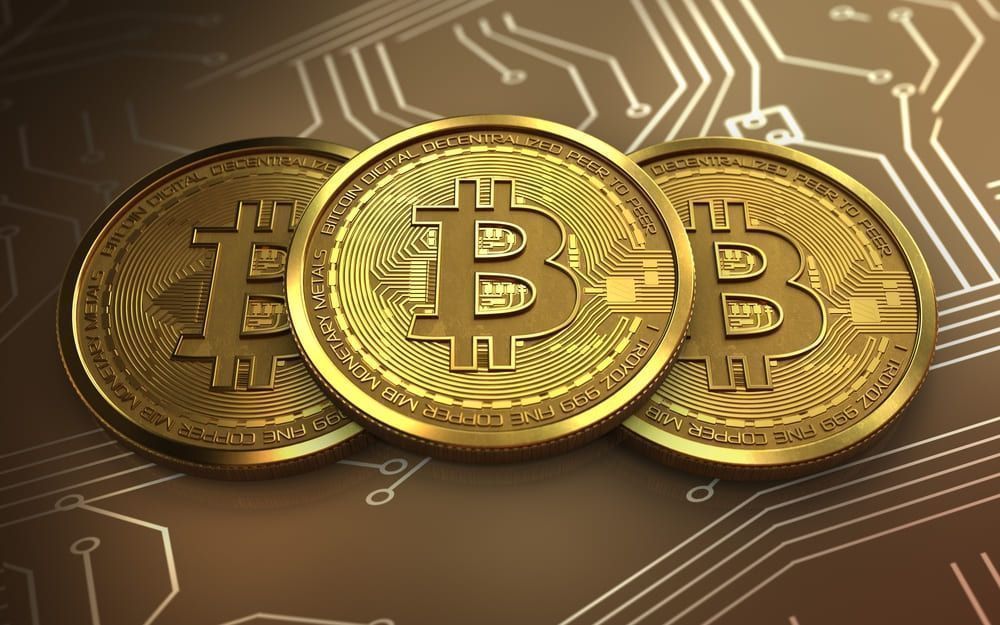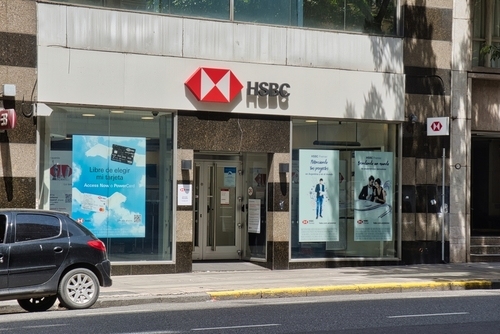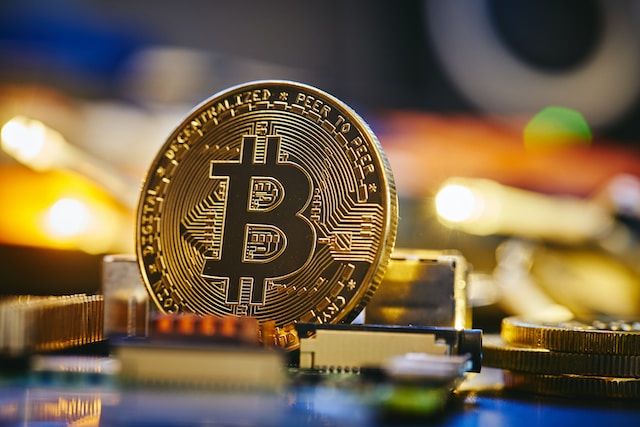EUR/GBP holds steady near 0.8350 ahead of Eurozone HICP inflation data
Fxstreet
Nov 19, 2024 6:59 AM
- EUR/GBP flat lines around 0.8355 in Tuesday’s early European session.
- ECB’s Vujcic said the risk of undershooting the inflation goal has risen.
- The UK GDP fell by 0.1% MoM in September, weaker than expected.
The EUR/GBP cross trades on a flat note near 0.8355 during the early European session on Tuesday. The rising bets for more aggressive rate cuts by the European Central Bank (ECB) might drag the Euro (EUR) lower against the Pound Sterling (GBP). Investors brace for the Eurozone October Harmonized Index of Consumer Prices (HICP) data, which is due later on Tuesday.
The ECB Governing Council member Boris Vujcic said on Monday that the danger that the ECB will fall short of its 2% inflation goal has risen, per Bloomberg. Meanwhile, the ECB policymaker Yannis Stournaras noted that the bank is almost certain to cut interest rates by a quarter point in December.
The ECB has cut its key interest rate by 25 basis points to 3.25% last month and is anticipated to reduce rates further again in December at its final decision of the year. However, investors await the Eurozone HICP data for fresh impetus about the inflation outlook. If the report shows the hotter-than-expected outcome, this could dampen the hope for the ECB jumbo rate cut, which might lift the shared currency.
On the other hand, a surprise contraction in UK Gross Domestic Product (GDP) for September could weigh on the GBP. The UK economy shrank by 0.1% MoM in September, following growth of just 0.2% the previous month, according to the Office for National Statistics on Friday. This figure came in weaker than the 0.2% expansion expected.
However, Suren Thiru, economics director at the Institute of Chartered Accountants in England and Wales, said a rate reduction at the Bank of England’s (BOE) meeting in December now looks “improbable” as inflation concerns and rising global headwinds would likely prevent policymakers from pursuing back-to-back rate cuts. The release of UK Consumer Price Index (CPI) data for October on Wednesday could offer some hints about the rate cuts path for the December meeting.
Inflation FAQs
Inflation measures the rise in the price of a representative basket of goods and services. Headline inflation is usually expressed as a percentage change on a month-on-month (MoM) and year-on-year (YoY) basis. Core inflation excludes more volatile elements such as food and fuel which can fluctuate because of geopolitical and seasonal factors. Core inflation is the figure economists focus on and is the level targeted by central banks, which are mandated to keep inflation at a manageable level, usually around 2%.
The Consumer Price Index (CPI) measures the change in prices of a basket of goods and services over a period of time. It is usually expressed as a percentage change on a month-on-month (MoM) and year-on-year (YoY) basis. Core CPI is the figure targeted by central banks as it excludes volatile food and fuel inputs. When Core CPI rises above 2% it usually results in higher interest rates and vice versa when it falls below 2%. Since higher interest rates are positive for a currency, higher inflation usually results in a stronger currency. The opposite is true when inflation falls.
Although it may seem counter-intuitive, high inflation in a country pushes up the value of its currency and vice versa for lower inflation. This is because the central bank will normally raise interest rates to combat the higher inflation, which attract more global capital inflows from investors looking for a lucrative place to park their money.
Formerly, Gold was the asset investors turned to in times of high inflation because it preserved its value, and whilst investors will often still buy Gold for its safe-haven properties in times of extreme market turmoil, this is not the case most of the time. This is because when inflation is high, central banks will put up interest rates to combat it. Higher interest rates are negative for Gold because they increase the opportunity-cost of holding Gold vis-a-vis an interest-bearing asset or placing the money in a cash deposit account. On the flipside, lower inflation tends to be positive for Gold as it brings interest rates down, making the bright metal a more viable investment alternative.





